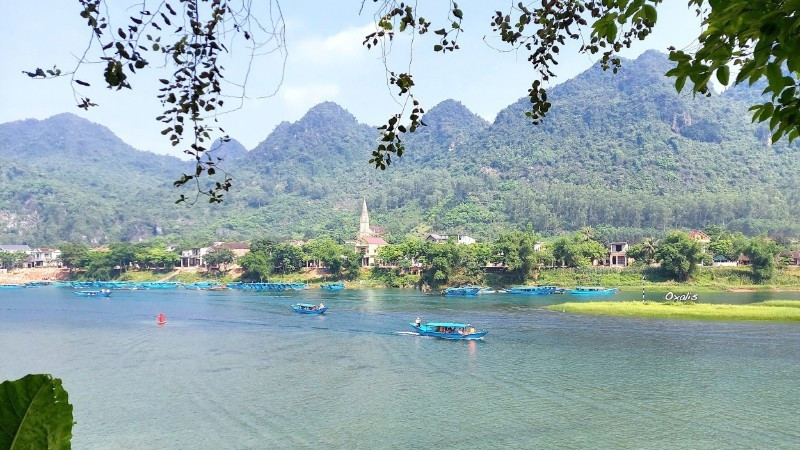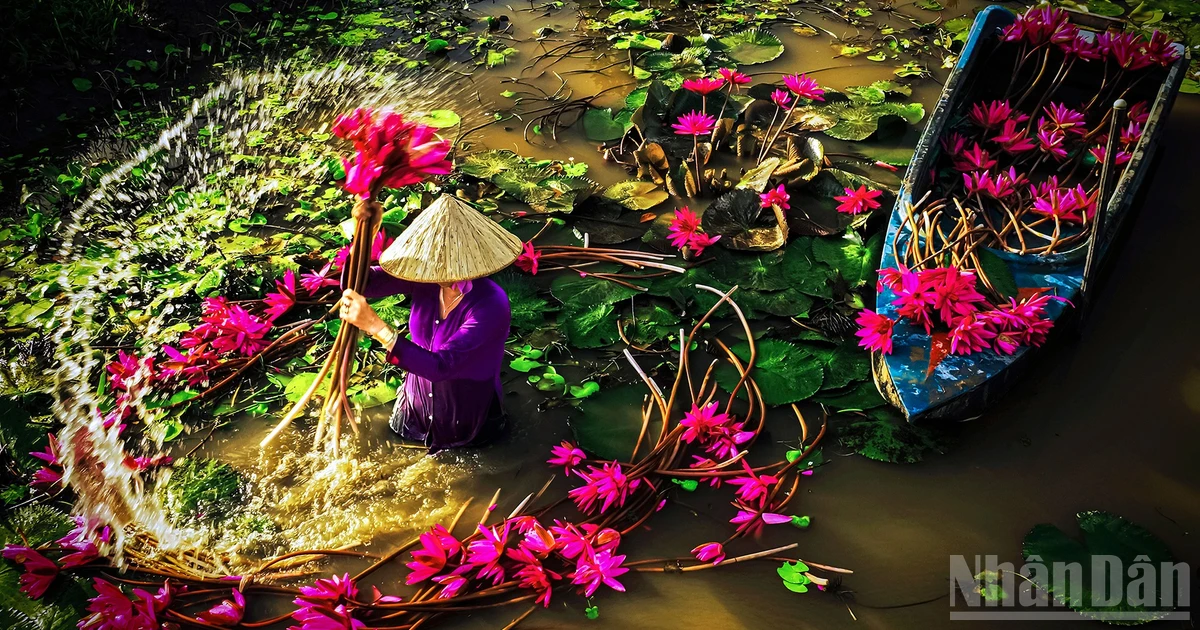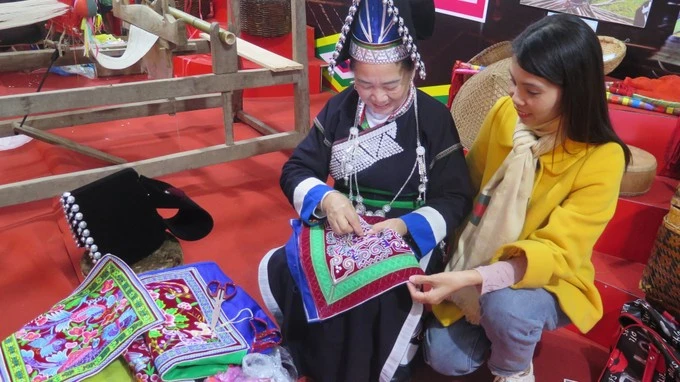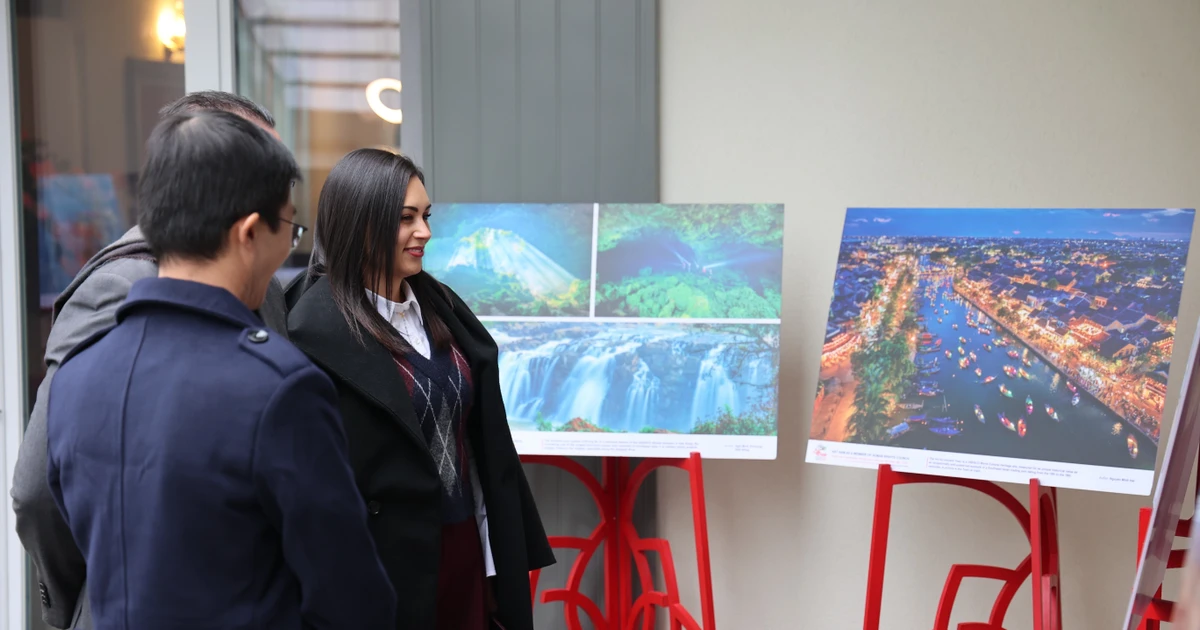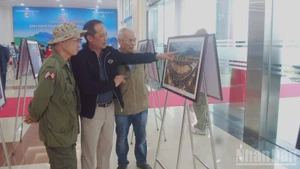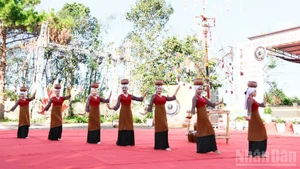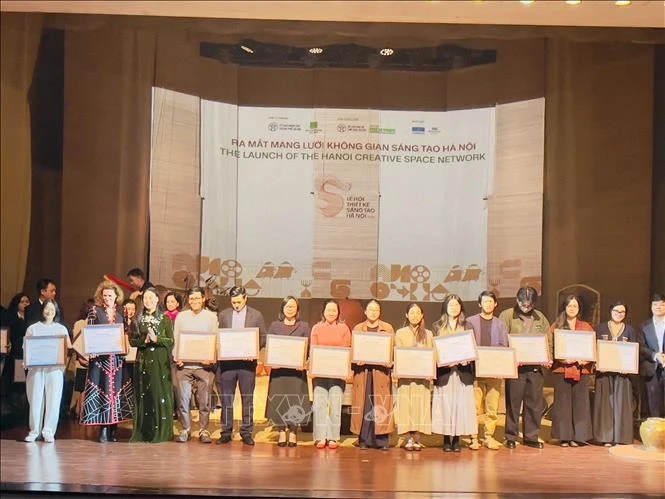Currently, a cooperation plan is being developed between the two sides to strengthen management, conservation, and sustainable utilisation of this first transboundary natural heritage site.
Potential and challenges
According to Pham Hong Thai, Director of the Phong Nha–Ke Bang National Park Management Board, the park was twice recognised as a World Natural Heritage Site, in 2003 and 2015. It covers a core area of more than 123,000 hectares and a buffer zone of 220,000 hectares. The park shares a natural boundary with Hin Nam No National Park in Laos.
In terms of similarity, Phong Nha–Ke Bang and Hin Nam No form one of the most outstanding and intact limestone karst landscapes and ecosystems in the world.
Located at the intersection of the Annamite Range and the Central Indochina Limestone Belt, spanning the Viet Nam–Laos border, the karst formation here began around 400 million years ago and is considered one of the largest and oldest karst regions in Asia.
The area boasts an exceptionally diverse flora and fauna (2,953 plant species and 1,394 animal species), including 43 newly discovered species and many rare species indicative of limestone mountain forest ecosystems. Phong Nha–Ke Bang alone has around 1,000 caves, of which 425 have been surveyed, mapped, and opened for tourism and service development.
The unique biodiversity, featuring endemic species inhabiting tropical ecosystems, caves, and underground rivers, gives Phong Nha–Ke Bang exceptional global value.
Both national parks have extensive buffer zones; however, local communities in these areas still face economic difficulties, and illegal logging for livelihood remains complex. Furthermore, infrastructure conditions, including transport, communication, and human resources serving forest protection efforts remain limited, falling short of growing conservation demands in the new period.
According to Pham Hong Thai, it is necessary to promptly specify cooperation tasks and objectives into concrete, effective cross-border coordination to preserve and promote the shared heritage value for present and future generations.
Early establishment of a cross-border cooperation framework
Lao Minister of Culture and Tourism Suanesavanh Vignaket shared that the Lao Government and people are honoured that Hin Nam No National Park has been inscribed as an extension of Viet Nam’s Phong Nha–Ke Bang National Park, a UNESCO World Natural Heritage Site. The Lao Government will continue to work closely with the Government of Viet Nam to enhance cooperation at all levels, with a focus on inclusive and consultative participation of local communities in managing this precious world heritage.
According to Jonathan Wallace, Head of the UNESCO Office in Viet Nam, the World Heritage Committee has identified significant pressures facing these parks: invasive species, illegal hunting, resource exploitation, infrastructure development, and tourism expansion. To address these challenges, strong coordinated management from all levels of government and active participation of local communities, as beneficiaries and custodians, are essential. Community involvement plays a decisive role in ensuring effective heritage protection and conservation.
In July, the World Natural Heritage Site Phong Nha–Ke Bang National Park (Quang Tri Province) was approved by the United Nations Educational, Scientific and Cultural Organization (UNESCO) for a boundary adjustment to include Hin Nam No National Park (Khammouane, Laos), becoming the first transboundary natural heritage site in Southeast Asia.
At the international workshop on cooperation between the two national parks, Pham Hong Thai emphasised that an institutional framework for cross-border management is one of the key tools for effective heritage management and serves as the foundation for implementing both current and future joint activities.
The workshop established a shared vision and eight management cooperation objectives through 2050. Based on these, both sides will translate the goals into practical, feasible, and sustainable actions in the following areas: biodiversity conservation, scientific research, ecotourism development, community livelihood improvement, and sustainable transboundary heritage management.
From a tourism expert’s perspective, Nguyen Chau A, General Director of Oxalis Adventure, stated that one of UNESCO’s approval conditions is that this must be a linked heritage between Phong Nha–Ke Bang and Hin Nam No. This means that any damage on either side would affect the World Heritage status of both.
The two national parks are connected by a border gate crossing through the heritage area—Road 20 Quyet Thang and the Ca Roong Border Gate. Currently, this gate only allows citizens of the two countries to cross and does not permit entry for citizens of third countries. In the future, if this crossing is upgraded to an international border gate exclusively for tourism, tourism activities will diversify, and these two heritage sites could become among the most attractive tourist destinations in Southeast Asia, offering visitors exceptional and unique experiences found nowhere else.
Jonathan Wallace, Head of the UNESCO Office in Viet Nam, expressed hope that the governments of Viet Nam and Laos, as well as the two border provinces that share this first transboundary heritage in Southeast Asia, will continue their joint efforts with specific actions, objectives, and solutions to ensure that Phong Nha–Ke Bang and Hin Nam No remain a source of inspiration for the world, a symbol of exemplary international cooperation in protecting and preserving natural wonders sustainably.
